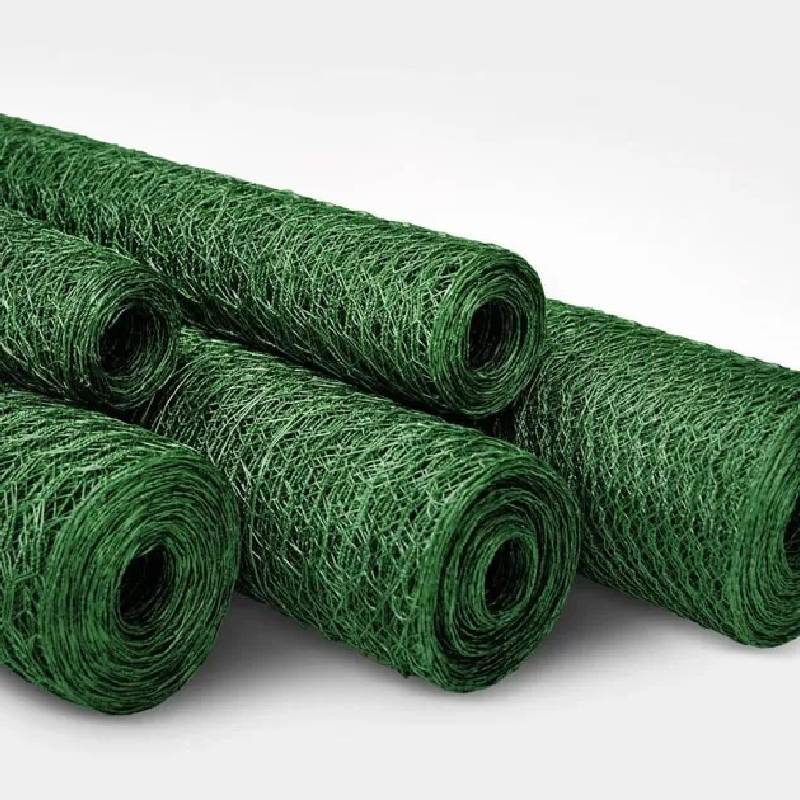
- Mobile Phone
- +8613931874955
- sales@cntcmetal.com
Creating a Durable Brick Structure with Innovative Reinforcing Coils for Enhanced Stability and Strength
The Significance of Brick Reinforcing Coils in Modern Construction
In the realm of modern construction, ensuring structural integrity and durability is paramount. One innovative solution that has gained traction in recent years is the use of brick reinforcing coils. These specialized coils serve as a critical component in enhancing the strength and longevity of brickwork, which is widely used in buildings, pavements, and various other structural applications.
Understanding Brick Reinforcing Coils
Brick reinforcing coils are essentially flexible, often wire-like materials that are embedded within bricks or masonry joints. Their design allows them to absorb tensile forces that might otherwise lead to cracks or structural failure. Typically made from high-strength steel, these coils offer an ingenious way to mitigate the weaknesses inherent in traditional brick structures, particularly in areas subjected to significant stress or seismic activity.
The reinforcing coils work by redistributing forces encountered by the brick walls, enabling them to handle compressive loads more effectively while also counteracting lateral forces. This redistribution helps maintain the integrity of the brick structure over time, a critical factor in enhancing safety and reducing maintenance costs.
Applications in Construction
The applications of brick reinforcing coils are vast and varied. They are predominantly used in the construction of residential and commercial buildings where brick is a primary material. Their flexibility and strength make them particularly valuable in areas prone to earthquakes or extreme weather conditions. In such regions, buildings need to withstand lateral loads; reinforcing coils help ensure that brick walls remain intact and functional during and after potential seismic events.
brick reinforcing coil

Moreover, these coils are increasingly recognized in heritage preservation. Many older brick structures have suffered degradation over time, and introducing reinforcing coils can significantly prolong their lifespan without compromising their historical integrity. This not only safeguards cultural heritage but also provides a sustainable approach to construction by minimizing the need for total reconstruction.
Advantages of Using Brick Reinforcing Coils
The use of brick reinforcing coils offers several benefits. First and foremost, they enhance the tensile strength of brick structures, making them more resilient against cracking and breaking under load. Secondly, they can reduce the risk of structural failures, thus ensuring the safety of occupants and minimizing the potential for catastrophic events.
Economically, the integration of these coils can lead to significant cost savings over time. While the initial investment in brick reinforcing coils may add to the upfront costs of construction, their ability to increase durability means reduced maintenance and repair expenses in the long run. Property owners can also benefit from lower insurance premiums as safer structures present reduced risk to insurers.
From an environmental perspective, reinforcing coils contribute to sustainable practices. By prolonging the life cycle of brick structures, they help to minimize waste generated from demolishing and replacing old buildings. This aligns with global efforts toward more sustainable building practices and reduces the carbon footprint associated with new construction.
Conclusion
In conclusion, brick reinforcing coils are a pivotal advancement in modern construction technology that enhance the safety and durability of brick structures. By effectively redistributing stress and providing essential tensile strength, these coils ensure that buildings remain safe for occupants and endure the test of time. As the construction industry continues to evolve, the integration of innovative solutions like brick reinforcing coils will play a critical role in shaping resilient, sustainable urban environments for future generations. Through careful implementation, builders and architects can create structures that marry aesthetic appeal with enhanced functionality, preserving our built heritage while advancing modern engineering practices.
share:
-
Your Source for Concrete Wall Ties and Masonry AccessoriesNewsJul.10,2025
-
Unlocking the Power of Iron Wire for Every ProjectNewsJul.10,2025
-
Explore Advanced Chain Wire and Stainless Steel Mesh FencingNewsJul.10,2025
-
Discover the Benefits of Annealed Wire ProductsNewsJul.10,2025
-
Discover China Stainless Steel Wire Mesh SolutionsNewsJul.10,2025
-
Build with Confidence Using High-Performance Masonry AccessoriesNewsJul.10,2025
-
Why Sacrificial Formwork Is Redefining Underground ConstructionNewsJun.06,2025



















